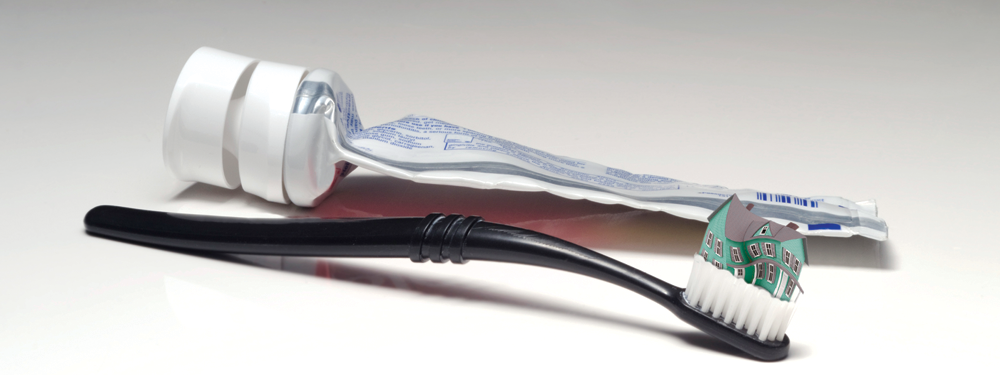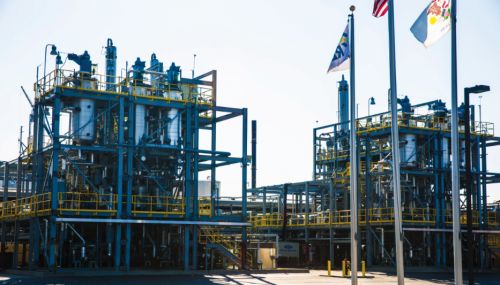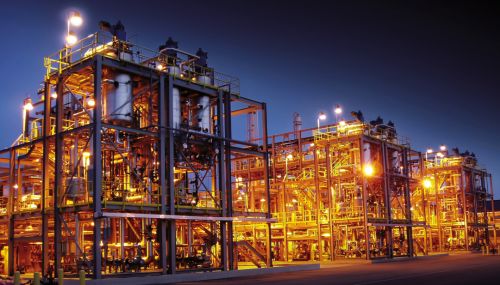All
‘Squeeze the Tube’ for Your Customers
by Bruce Marshall, Emerson Swan

You know how when a tube of toothpaste starts getting low, you squeeze the tube to get the last little bit of toothpaste out? It was easier to do back when the tubes were metal, because you could roll them up and really get that last little drop. Today the tubes are plastic, and it is a little more difficult to get every last drop. But we still try and get every last bit of toothpaste out of that $2.00 tube.
By now you are probably wondering where the heck I am going with this, but bear with me. We as an industry pride ourselves on our ability to create and maintain high levels of efficiency for our customers. But are we doing all we can to “squeeze the tube” of efficiency from those systems? Here are a few ways you can help your customers get all they can out of their equipment.
Insulate the pipes. A warm basement is a good indication that heat is being lost through the piping. There is inevitably going to be some heat lost from the boiler unless the boiler is very new and well insulated. Older cast iron boilers only had a thin fiberglass blanket of insulation, which was better than nothing but not much more. By insulating the pipes, you make sure that most of the Btus created by the boiler reach their final destination. Insulating the pipes is even more critical in a steam system. If the pipes are not fully insulated all the way to the end of the run where it transitions to the return, the steam can condense in the main and never get to the radiators.
Clean the system inside and out. We all know that soot is a great insulator. No matter how clean your fire is, there is no such thing as perfect combustion, so even on a finely tuned burner, there will always be a small amount of soot left over. This built-up layer of soot insulates the boiler from the heat of the flue gas and it takes longer to transfer the energy to the water inside. A good cleaning of the fire side will allow the boiler to transfer heat quicker to the water side and ultimately use less fuel.
One area to clean that we may not have considered as part of our maintenance programs is the inside of the system. Systems that contain mixed metals, i.e. cast iron, steel, brass, and copper, corrode and form iron oxide and magnetite. We are all familiar with that smelly, black boiler water. The black color comes from the iron oxide magnetite suspended in the water. This material over time will coat the inside of the pipes and radiators and form an insulating barrier. The heating system takes longer to transfer the energy from the water through the copper pipe resulting in higher fuel usage. By cleaning the inside of the system with a cleaner like Fernox F-3 or F-5, the system performance will noticeably improve.
Add some intelligent control strategies and make it a “smarter” system. A smart control such as the Taco “Fuel Mizer” will make the boiler weather responsive, and rather than run up to the high limit it will shut off at a lower temperature, depending on the outside temperature. Studies have shown that the addition of outdoor reset reduces fuel usage by an average of 14 percent.
Another way to squeeze more efficiency out of the system is to replace multiple circulators with zone valves and a “smart” pump. A Delta T pump has the ability to recognize the amount of energy being drawn out of the system by looking at the temperature difference between the supply and return. When the Delta T shrinks, it means the system requires fewer Btus, and the pump slows down. By varying the speed of the pump in this manner, the system is supplied with only as much energy as it requires.
Water Heating
What about water heating? Does that boiler have an internal coil that keeps the boiler at 180° 12 months of the year? Do your customer a favor and recommend an indirect. Maybe suggest some solar thermal to go along with it. Between State and Federal rebates, solar thermal can be a very attractive option.
But before we recommend any of the above, let’s take a quick look at the obvious – dust! Whether it’s baseboard, radiators or convectors, dust can be efficiency’s biggest enemy. No matter how often you clean, you will eventually accumulate enough dust on those fins or radiator surfaces to have a significant impact on their overall performance.
Be tactful when you discuss this with the lady of the house. Instead of saying that her emitters are harboring dust balls, explain that electrically charged dust is constantly moving in the air and that the nature of convection is such that these particles will come into contact with heating surfaces and stick to them. And in order to extract as much efficiency as we can we need to make sure that those emitters can do their job as they were designed.
If fact, you might suggest to the homeowner that it’s a lot like squeezing that tube of toothpaste…
Related Posts
 Seeing Beyond Net-Zero
Seeing Beyond Net-Zero
Posted on June 3, 2024
 Supporting Your Lower Carbon Journey at All Stages
Supporting Your Lower Carbon Journey at All Stages
Posted on May 31, 2024
 What Is Renewable Diesel?
What Is Renewable Diesel?
Posted on May 20, 2024
 All Eyes on Visions ‘24
All Eyes on Visions ‘24
Posted on May 20, 2024
Enter your email to receive important news and article updates.
